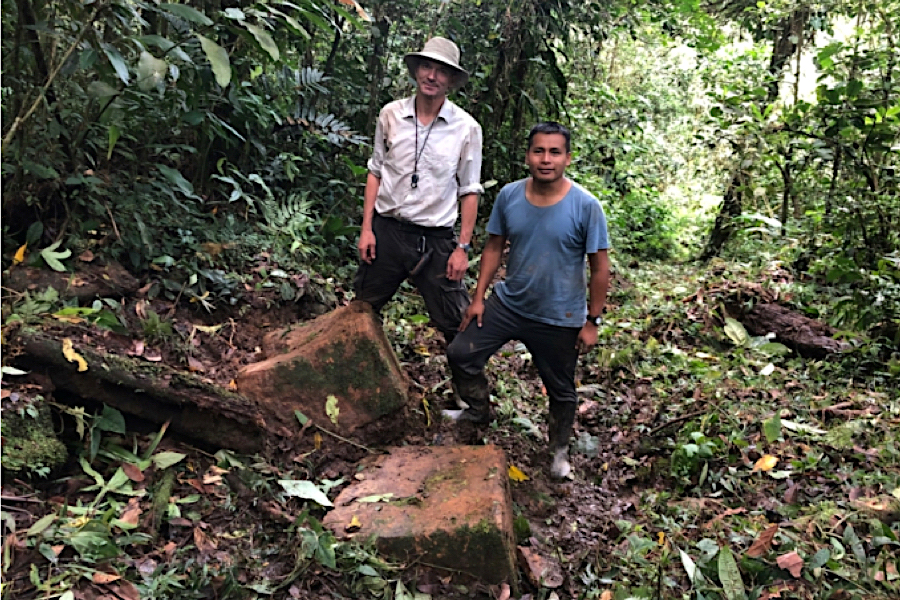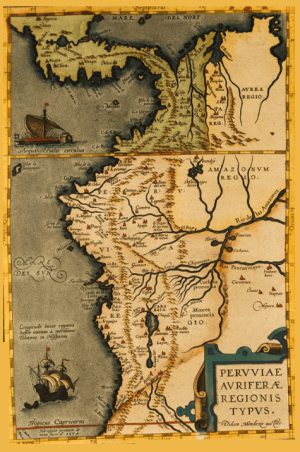Canadian junior Aurania Resources (TSX-V: ARU) said on Wednesday it had found vestiges of an old road at the very centre of its flagship asset, The Lost Cities – Cutucu project, which it believes provides solid field evidence of it project being at one of Ecuador’s lost gold mining centres.
The road, the company said, was discovered by its field teams while searching for “Sevilla de Oro”, which was one of two gold producing cities described in historic manuscripts from Ecuador, Peru, Spain and the Vatican.
Those records talk about Spanish settlers operating two gold mines between about 1565 and 1606. The path discovered by Aurania’s exploration teams is thought to be the one that linked “Sevilla de Oro” to the other gold mining centre — “Logroño de los Caballeros” — described in the historic manuscripts.
Chairman and chief executive, Keith Barron, believes searching for Ecuador’s lost gold production centres will help the company zone in on potentially significant gold deposits.
“We always presumed that ingots would have been transported by horse or donkey along a well-travelled route from the mines,” Barron, who led the team that discovered Fruta del Norte in 2006, said. “It appears that we have come across one of these trails, though it is cut by more recent landslides at both ends.”

He noted that a planned survey applying laser light (LiDAR) should pick up the continuations of the trail and its termination at the historical mine sites.
“We do not anticipate the discovery of any ruined buildings, though the discovery of dressed stone along the trail is perhaps significant and suggests that the Spaniards attempted to build a stone Caja Real (royal treasury) as they had done in other locations in Ecuador, but that the dressed stone was dropped on the road along the way,” Barron said.
The finds, believed to be a portion the north-south road, are over a distance of 2.5km and show it was an engineered structure cut into embankments with its downslope edges lined with blocks of shale which prevented erosion. The throughway is well drained and has a surface of packed shale, Aurania said.
The company noted it would continue exploring indications of a mineralised system near the road, focusing on an extensive area of quartz-sericite-pyrite alteration, which is typically found over and adjacent to porphyry systems.

Since its inception in 2001, the precious metals and copper-focused explorer has worked to position itself as a serious company and not a treasure hunter.
“We are geologists in the mineral exploration business, optimistic by nature but also conservative and skeptical,” the company says on its website. “Nothing swashbuckling about us!”
Aurania’s main asset, Cutucu, is located in the Jurassic Metallogenic Belt in the eastern foothills of the Andes mountain range of southeastern Ecuador.
The exploration project is perhaps the only one to have ever brought together professional historical archival research with modern geological, geochemical and geophysical exploration techniques in a geographical area of high discovery potential.
More to come …
from MINING.COM https://ift.tt/2pRG5u2
Aucun commentaire:
Enregistrer un commentaire